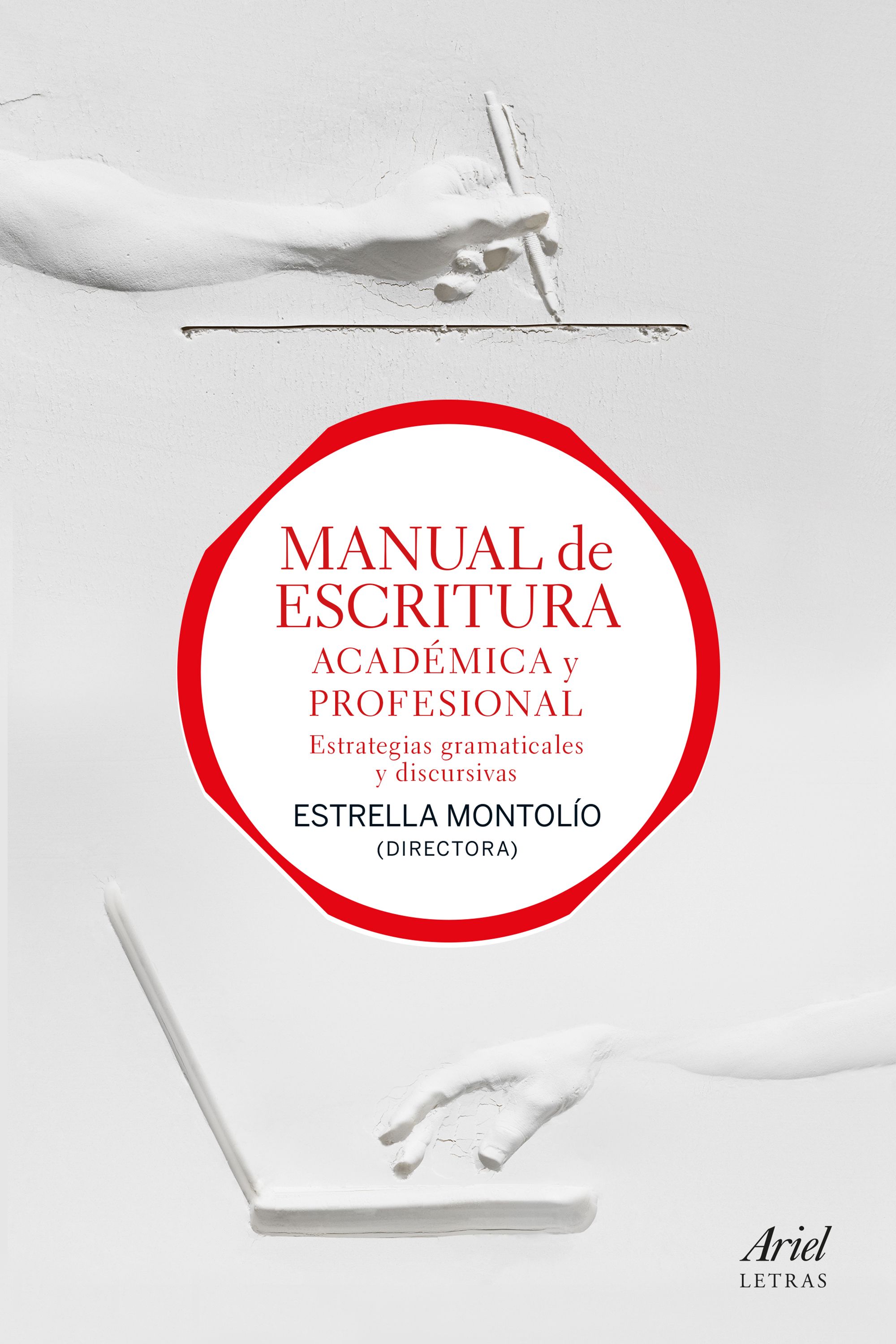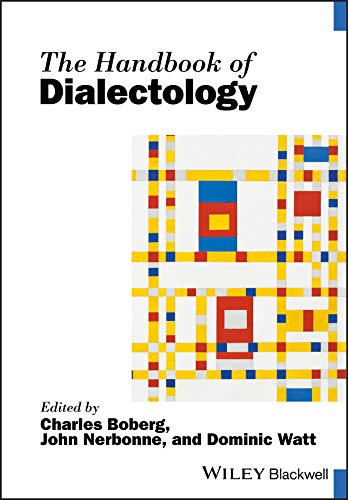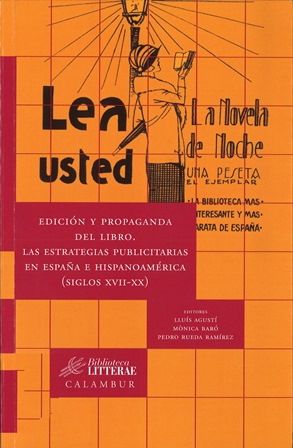Detalles MARC
| 000 -Líder |
|---|
| Campo de control de longitud fija |
05248nam a22003257a 4500 |
| 003 - Identificador del número de control |
|---|
| campo de control |
CO-BoICC |
| 005 - Fecha y hora de la última transacción |
|---|
| campo de control |
20181101112838.0 |
| 008 - Elementos de longitud fija -- Información general |
|---|
| Campo de control de longitud fija |
141220b2014ne ||||| |fr| 00| 01engeng |
| 020 ## - ISBN |
|---|
| Número Internacional Normalizado del libro (NR) |
9789027249975 |
| 020 ## - ISBN |
|---|
| Número Internacional Normalizado del libro (NR) |
9789027249982 |
| 020 ## - ISBN |
|---|
| ISBN Cancelado/ Invalidado (R) |
978 90 272 7106 8 (Eb) |
| 040 ## - Fuente de catalogación |
|---|
| Agencia de catalogación original |
DLC |
| Idioma de catalogación |
spa |
| Agencia que realiza la modificación |
CO-BoICC |
| Agencia que realiza la transcripción |
DLC |
| Convenciones de la descripción |
rda |
| 041 0# - Código de idioma |
|---|
| Código de idioma para texto/pista de sonido o título separado |
eng |
| 082 04 - Número de clasificación decimal Dewey |
|---|
| Número de clasificación |
410.285 |
| Signatura librística |
B615 |
| Número de la edición |
22 |
| 245 00 - Mención del título |
|---|
| Título |
Biomedical natural language processing / |
| Mención de responsabilidad, etc. |
Kevin Bretonnel Cohen, ; Dina Demner-Fushman, |
| 260 ## - Publicación, distribución, etc. (Pie de imprenta) |
|---|
| Lugar de publicación, distribución, etc. |
Amsterdam ; |
| -- |
Filadelfia : |
| Nombre del editor, distribuidor, etc. |
John Benjamins Publishing Company, |
| Fecha de publicación, distribución, etc. |
2014 |
| 300 ## - Descripción física |
|---|
| Extensión |
x, 160 p. |
| Otros detalles físicos |
il.; |
| Dimensiones |
24 cm. |
| 490 0# - Mención de serie |
|---|
| Mención de serie |
Natural Language Processing ; |
| Designación numérica/secuencial del volumen |
11 |
| 500 ## - Nota general |
|---|
| Nota general |
Incluye índice |
| 504 ## - Nota de bibliografía, Etc. |
|---|
| Nota de bibliografía, Etc. |
Incluye bibliografía e índice. |
| 505 0# - Nota de contenido con formato preestablecido |
|---|
| Nota de contenido con formato preestablecido |
Introduction to natural langauge processing. -- Some definitions. -- Computational linguistics. -- Natural language processing. -- Text mining. -- Usage of this definitions in practice. -- Levels of document and linguistic structure and their relationship to natural language processing. -- Docuemnt structure. -- Sentences. -- Tokens. -- Stems and lemmata. -- Part of speech. -- Semantics. -- Historical background. -- Early work in the medical domain. -- Types of users of biomedical domain. -- Clinical text mining. -- Types of user of biomedical NPL systems. -- Resources and tools. -- Legal and ethical issues. -- Is biomedical natural language processing affective?. -- Named entity recognition. -- Overview. -- The crucial role of named entity recoognition in BioNLP taks. -- Why gene names are way there are. -- An example of a rule-based gene NER system: KeX/PORPER. -- An example of a statistical disease NER system. -- Relation extraction. -- Introduction. - Protein-protein interactions as an information extraction target. -- Binarity of most biomedical information extraction systems. -- Beyond simple binaty relations. -- Rule-based systems. -- Co-occurrence. -- Example rule-based systems. -- MAchine learning systems. -- Relations in clinical narrative. -- MedLEE. -- SemRep. -- NegEX. -- Evaluation. -- Information retrieval/document classification. -- Background. -- Growth in the biomedical literature. -- PubMed/MEDLINE. -- Issues. -- A knowledge-based system that that disambiguates gene anmes. -- A phrase -based search engine, with term and concept expansion and probabilistic relevance ranking. -- Full text. -- Image and figure search. -- Caption. -- Concept normalization. -- Gene normalization. -- The BioCreative definition of the gene normalization task. -- Building a succesful gene normalization system. -- Coordination and ranges. -- An example system. -- Normalization and extraction of clinically pertinent terms. -- MetaMap UMLS mapping tools. -- Ontologies and computational lexical semantics. -- Unified Medical Language System (UMLS). -- The Gene Ontology. -- Recognizxing ontology terms in text. -- NPL for ntology quality assurance. -- Mapping, alignment, and linking of ontologies. -- Summarization. -- Medical summarization systems. -- Overview of medical summarization systems. -- A representative medical summarization : Centrifuser. -- Genomics summarization system. -- Sentence selection for protein-potein interactions EntrezGene SUMMARY fiel generation. -- Question-answering. -- Principles. -- Question analysis and formal representation. -- Clinical questions. -- Formal representations questions. -- Domain model-based questions representation. -- Genomics and translational research questions. -- Answer retrieval. -- Answer extraction and generation. -- Reference answer fromats for clinical questions. -- Entity-extraction approaches to answer generation. -- Applications. -- Question analysis and query formulation. -- Knowledge Extraction. -- Popular Extractor. -- Problem Extractor. -- Intervention Extractor. -- Outcome Extractor. -- Clinical Task classification. -- Strength of Evidence classification. -- Document scoring and ranking. -- Questuion-Document frame matching (PICO score). -- Answer generation. -- Semantic clustering. -- Sotware engineering. -- Introduction. -- Principles. -- general software testing. -- Clean and dirty test. -- Testing requires planning. -- Catalogues. -- Answers to the exercise. -- How many test are possible?. -- Equivalence classes. -- Boundary conditions. -- Code coverage. -- When your input id language. -- User interface evaluation. -- API interface usability. -- Corpus construction and annotation. -- Corpora in the two domains as driving forces of research. -- Who should build biomedical corpora?. -- The relationship between annotation of entities and annotation of linguistic structure. -- Commonly used biomedical corpora. -- GENIA. -- CRAFT. --BioCreative gene mention. -- AIMed. -- Word sense disambiguation. -- Clinical corpora. -- NLP Challenge. -- The MIMIC collection. -- Factors that contribute to the success of biomedical corpora. |
| 591 ## - Áreas temáticas |
|---|
| Áreas temáticas |
Lenguaje y lenguas |
| 650 17 - Asiento secundario de materia -- Término temático |
|---|
| Término temático o nombre geográfico como elemento de entrada |
Lingüística computacional |
| Subdivisión general |
Métodos estadísticos |
| Fuente del encabezamiento o término |
LEMB |
| 650 17 - Asiento secundario de materia -- Término temático |
|---|
| Término temático o nombre geográfico como elemento de entrada |
Procesamiento del lenguaje natural (Informática) |
| Fuente del encabezamiento o término |
LEMB |
| 650 17 - Asiento secundario de materia -- Término temático |
|---|
| Término temático o nombre geográfico como elemento de entrada |
Biometría |
| Fuente del encabezamiento o término |
ARMARC |
| 650 17 - Asiento secundario de materia -- Término temático |
|---|
| Término temático o nombre geográfico como elemento de entrada |
Estadística médica |
| Fuente del encabezamiento o término |
ARMARC |
| 700 1# - Asiento Secundario--Nombre personal |
|---|
| Nombre personal |
Cohen, Kevin Bretonnel, |
| Término de relación |
editor |
| 700 1# - Asiento Secundario--Nombre personal |
|---|
| Nombre personal |
Demner-Fushman, Dina, |
| Término de relación |
editor |
| 942 ## - Tipo de Material (KOHA) |
|---|
| Tipo de Item |
Libros |


























